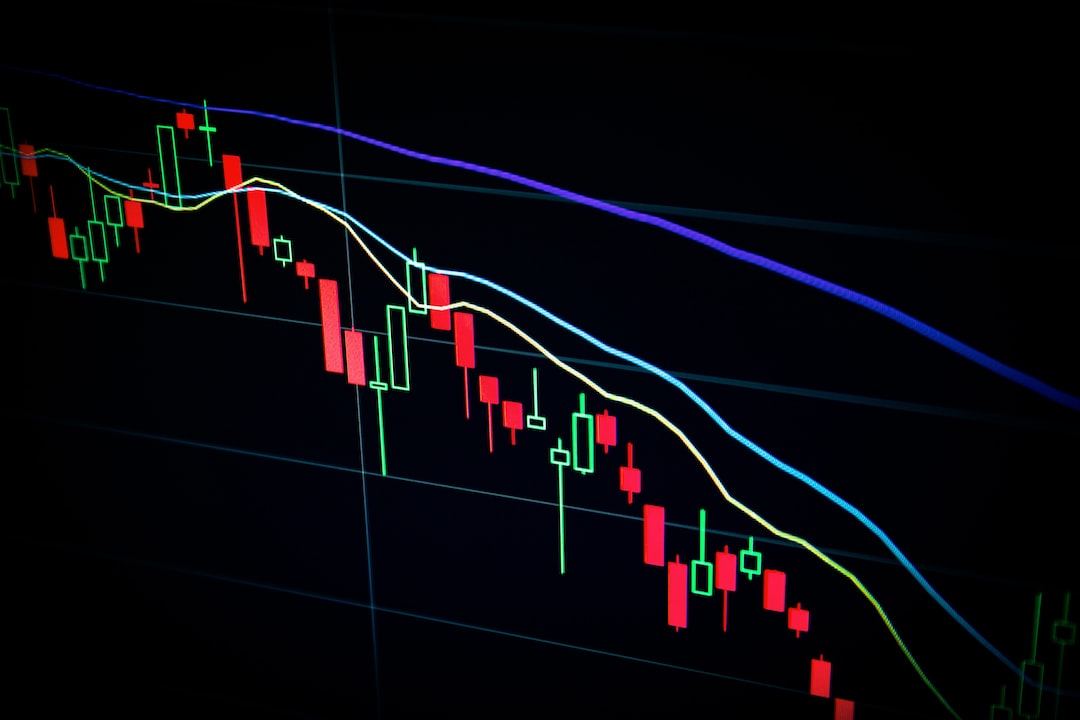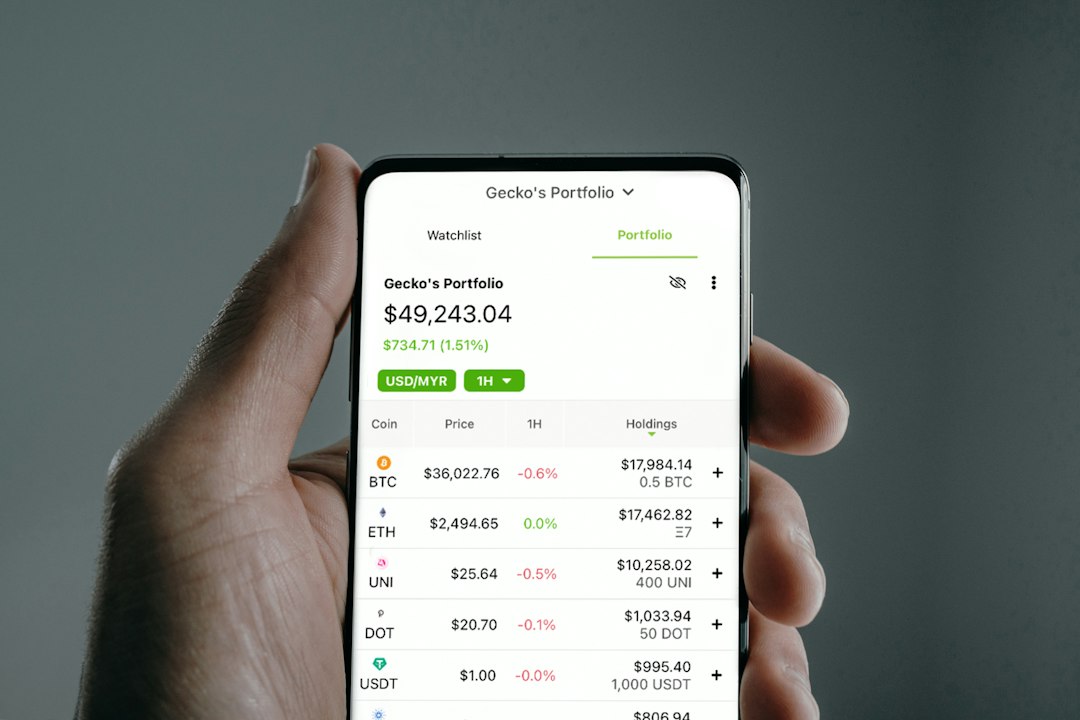Understanding Semi-Fungible Crypto Tokens: The Future of Digital Asset Ownership
Cryptocurrencies have revolutionized the way we perceive and interact with digital assets. From Bitcoin to Ethereum, these virtual currencies have opened up a world of possibilities for decentralized finance and secure transactions. However, as the cryptocurrency market continues to evolve, new concepts and innovations emerge. One such concept is semi-fungible crypto tokens, which offer a unique approach to digital asset ownership.
What are Semi-Fungible Crypto Tokens?
Semi-fungible crypto tokens combine the characteristics of both fungible and non-fungible tokens (NFTs). Fungible tokens, like Bitcoin or Ethereum, are interchangeable and identical to each other. On the other hand, NFTs represent unique assets that cannot be exchanged on a one-to-one basis.
Semi-fungible tokens introduce an interesting middle ground by allowing certain aspects of an asset to be fungible while maintaining individuality in other aspects. In simpler terms, they offer the flexibility of interchangeability while still preserving unique properties.
How do Semi-Fungible Tokens Work?
Let’s say you own a collection of digital artwork. Each piece has its own distinct features and value. With semi-fungible tokens, you can tokenize each artwork into multiple units that are interchangeable with one another. However, each unit retains its unique attributes and value within the collection.
This creates an opportunity for fractional ownership and enhanced liquidity. You can trade or sell individual units of your digital artwork without compromising the uniqueness or value of the overall collection.
The Benefits of Semi-Fungible Tokens
Semi-fungible tokens offer several advantages over traditional fungible or non-fungible tokens:
The Use Cases of Semi-Fungible Tokens
Semi-fungible tokens have a wide range of potential use cases:
The Future of Digital Asset Ownership
Semi-fungible tokens have the potential to revolutionize digital asset ownership by bridging the gap between fungibility and uniqueness. They provide a flexible and efficient way to tokenize and trade assets while preserving their individual characteristics.
In the future, we can expect semi-fungible tokens to become more prevalent across various industries. As more people recognize the benefits they offer, the adoption of these tokens will likely increase. This will lead to greater liquidity, enhanced fractional ownership opportunities, and improved trading mechanisms for digital assets.
Frequently Asked Questions (FAQs)
Q: Are semi-fungible tokens interchangeable with each other?
A: Yes, semi-fungible tokens can be exchanged on a one-to-one basis within their designated group, while still retaining their unique properties.
Q: Can I own fractional shares of an artwork through semi-fungible tokens?
A: Absolutely! Semi-fungible tokens enable fractional ownership, allowing you to own a portion of an artwork without compromising its value or uniqueness.
Q: Are semi-fungible tokens widely adopted in the cryptocurrency market?
A: While still relatively new, the concept of semi-fungible tokens is gaining traction. As more use cases and benefits emerge, we can expect their adoption to increase in the future.
Q: Can I trade individual units of a semi-fungible token separately?
A: Yes, one of the main advantages of semi-fungible tokens is that they allow seamless trading of individual units. This enhances liquidity and facilitates easy buying, selling, and trading of digital assets.
In conclusion, semi-fungible crypto tokens offer a unique approach to digital asset ownership. By combining the best features of fungibility and non-fungibility, these tokens provide enhanced liquidity, individuality within collections, and efficient trading mechanisms. As the cryptocurrency market continues to evolve, we can expect semi-fungible tokens to play an increasingly important role in shaping the future of digital asset ownership.





 By
By
 By
By
 By
By
 By
By

 By
By